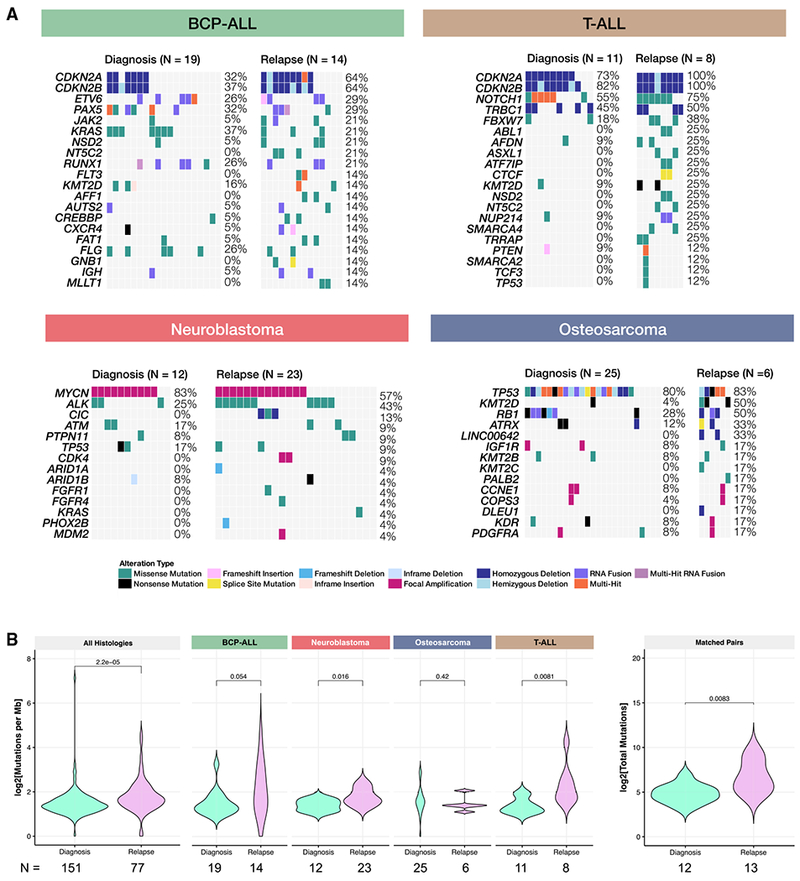Figure 3. Mutational Landscape of Models Derived from Tumors at Relapse.

(A) For BCP-ALL, T-ALL, neuroblastoma, and osteosarcoma (histologies with N ≥ 6 models and multiple phases of therapy), oncoprints comparing hallmark alterations in models derived from diagnosis tumors to models derived from relapse tumors.
(B) Tumor mutation burden (TMB) is significantly (or near significantly) higher in relapse models, compared to models established at diagnosis for all histologies collapsed (ndx = 151, nrel = 77, Wilcoxon p = 2.2e–5), BCP-ALL (ndx = 19, nrel = 14, Wilcoxon p = 0.051), neuroblastoma (ndx = 12, nrel = 23, Wilcoxon p = 0.016), and T-ALL (ndx =11, nrel = 8, Wilcoxon p = 0.0081). There was no difference between osteosarcoma models established at diagnosis and relapse (ndx = 25, nrel = 6, Wilcoxon p = 0.42). For patients in which models were established at both diagnosis and relapse, there was a significant increase in mutational burden upon relapse (ndx = 12, nrel = 13, p = 0.0083). All n’s denote biological replicates.
